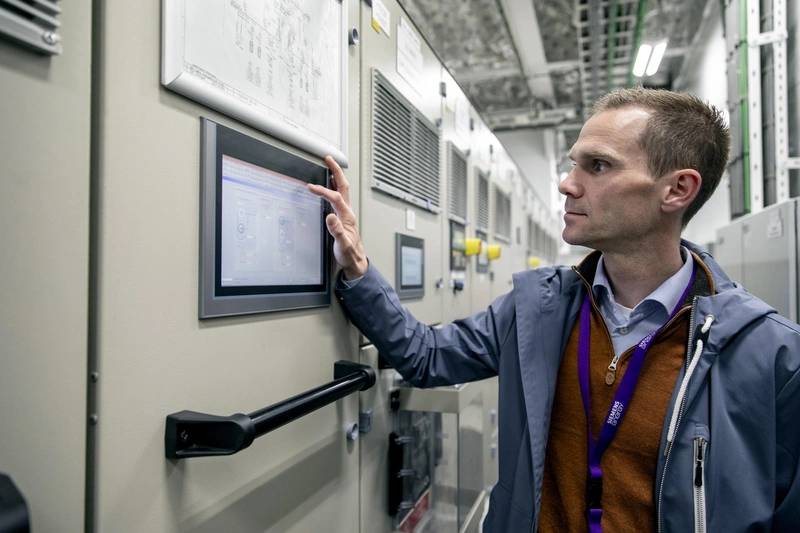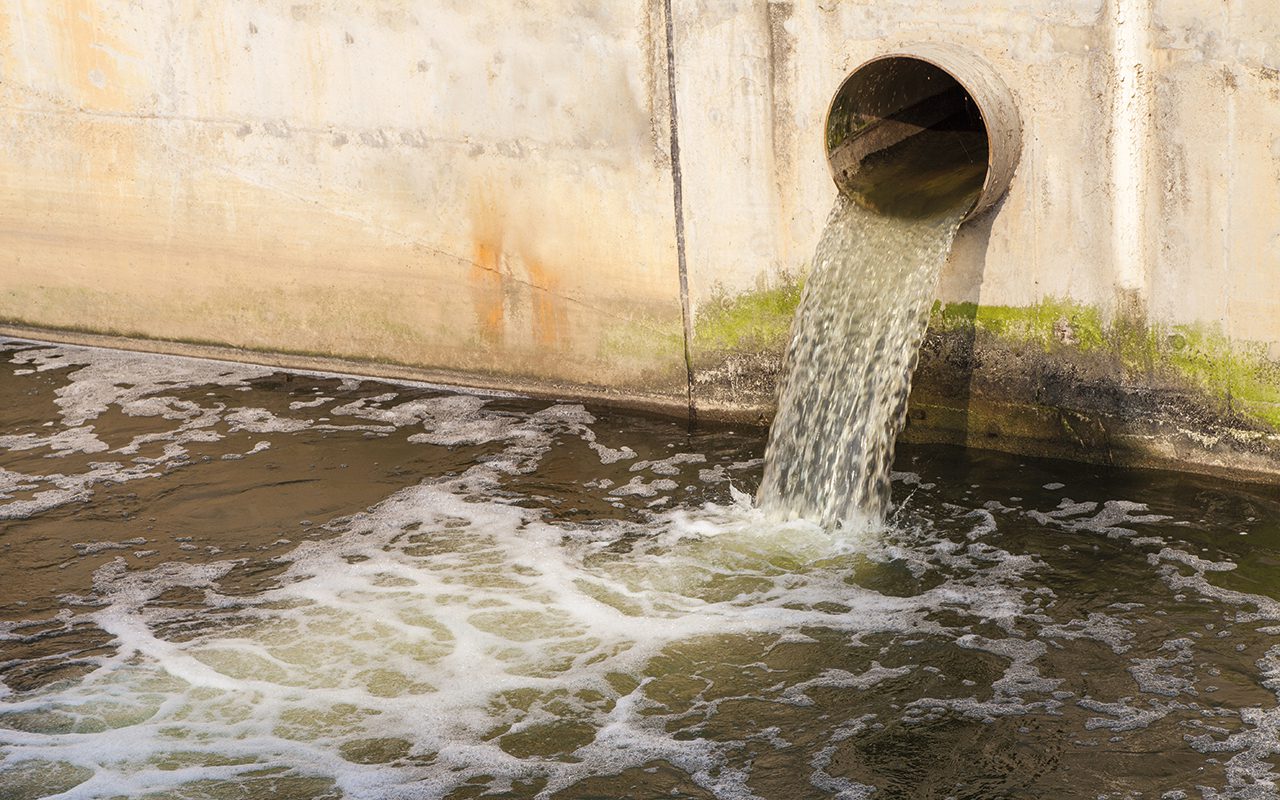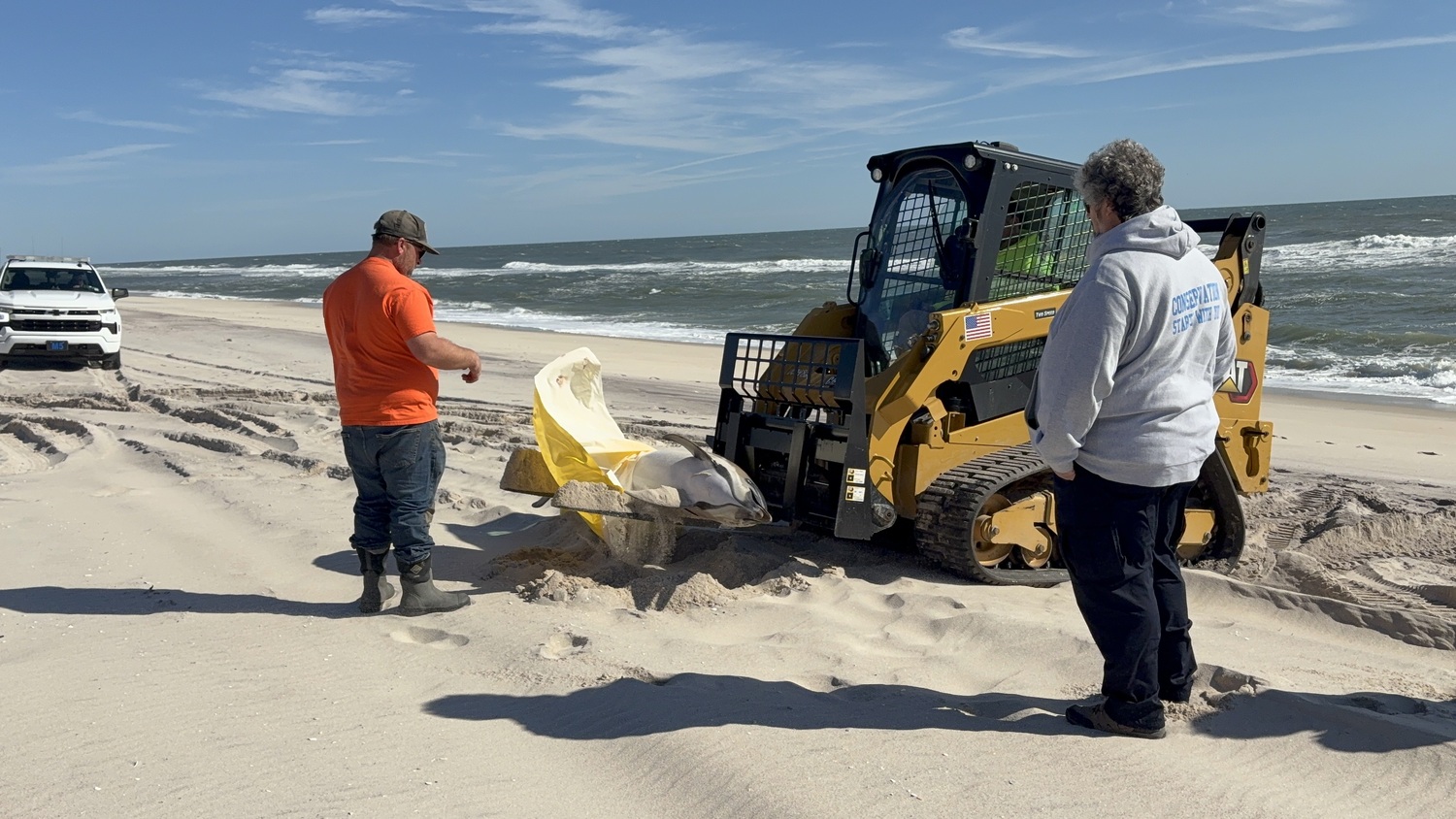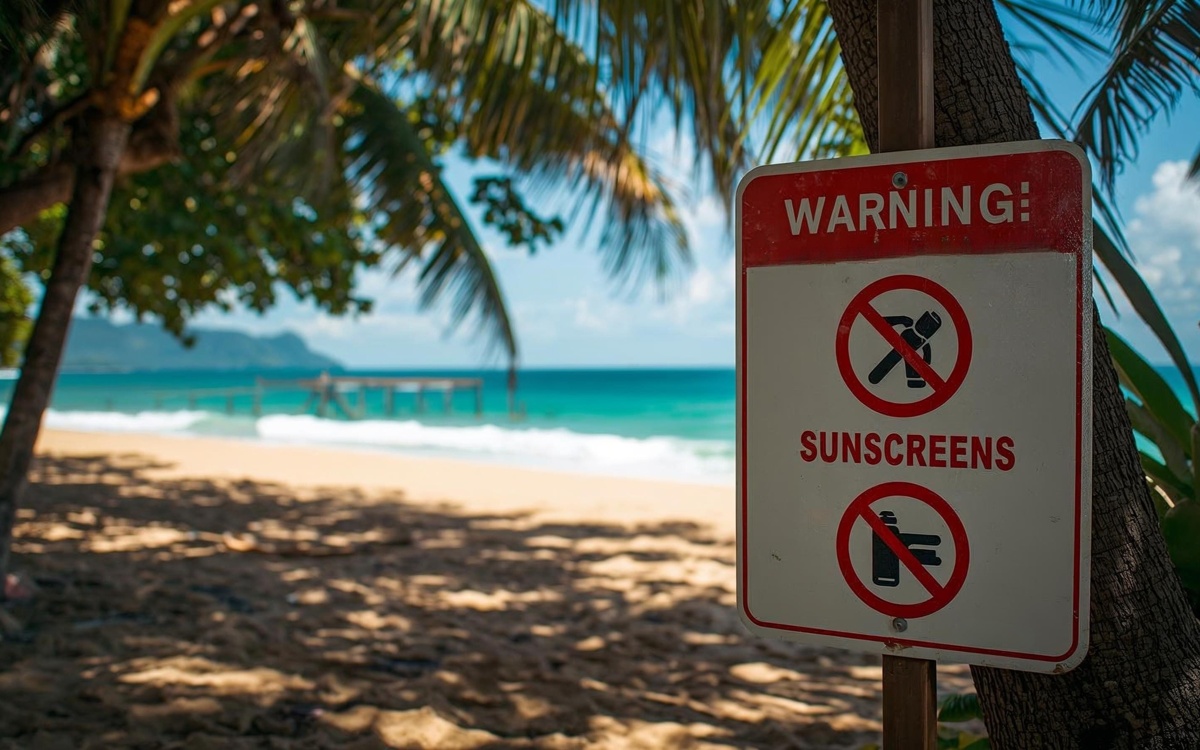Report on Ownership Transition of Russian Fishery Company and Russian Crab
Introduction
A significant corporate restructuring has occurred within Russia’s seafood industry. The ultimate ownership of the Russian Fishery Company (RFC), a major pollock fishing enterprise, and its affiliate, Russian Crab, has been transferred. This report analyzes the potential implications of this transition through the lens of the United Nations Sustainable Development Goals (SDGs), focusing on the responsibilities and opportunities for the new ownership in advancing global sustainability targets.
Implications for Sustainable Development Goals (SDGs)
The change in leadership presents a critical juncture for aligning the companies’ large-scale operations with key SDGs. The new ownership’s strategic direction will directly impact several interconnected goals.
-
SDG 14: Life Below Water
As major players in marine resource extraction, the companies’ core operations are intrinsically linked to the health of ocean ecosystems. The new ownership has an opportunity to reinforce or establish commitments to:
- Sustainable Fishing Practices: Adherence to scientifically advised quotas for pollock and crab to prevent overfishing and ensure long-term stock viability.
- Ecosystem Protection: Investment in technologies and methods that minimize bycatch and reduce the impact on marine habitats and non-target species.
- Combating IUU Fishing: Ensuring all operations are transparent and fully compliant with national and international regulations to combat Illegal, Unreported, and Unregulated (IUU) fishing.
-
SDG 8: Decent Work and Economic Growth
The fisheries sector is a vital source of employment and economic activity. The new leadership’s policies will influence:
- Labor Conditions: Upholding and improving safety standards, fair wages, and decent working conditions for all employees, both at sea and onshore.
- Community Investment: Contributing to the sustained and inclusive economic growth of the local communities that depend on the fishing industry.
-
SDG 12: Responsible Consumption and Production
The transition offers a chance to strengthen the companies’ role in promoting sustainable supply chains. Key areas for focus include:
- Supply Chain Transparency: Implementing robust traceability systems to assure consumers and partners of the sustainable and legal origin of all seafood products.
- Waste Reduction: Innovating in processing and logistics to minimize waste and promote a circular economy model within operations.
Forward Outlook and Strategic Recommendations
To demonstrate a firm commitment to global sustainability standards, the new ownership is encouraged to consider the following strategic actions:
- Pursue and maintain internationally recognized sustainability certifications, such as the Marine Stewardship Council (MSC), for its fisheries.
- Engage in multi-stakeholder partnerships (SDG 17) with scientific bodies, NGOs, and governmental agencies to support marine conservation and research initiatives.
- Publish transparent annual sustainability reports detailing progress against key SDG targets, including catch data, environmental impact assessments, and social responsibility metrics.
1. Which SDGs are addressed or connected to the issues highlighted in the article?
- Based on the provided text, which is limited to a brief sentence about a change in corporate ownership before being obscured by a paywall, it is not possible to definitively identify any Sustainable Development Goals (SDGs). The article’s accessible content focuses solely on a business transaction and does not provide any information regarding environmental sustainability, social impact, or economic practices relevant to the SDGs.
2. What specific targets under those SDGs can be identified based on the article’s content?
- The provided article text does not contain sufficient information to identify any specific SDG targets. The content is restricted to the announcement of an ownership change and lacks details on the company’s operations, sustainability efforts, or impact on marine ecosystems, which would be necessary to link it to specific targets.
3. Are there any indicators mentioned or implied in the article that can be used to measure progress towards the identified targets?
- No indicators can be mentioned or implied from the article’s visible content. The text does not discuss data, statistics, or metrics related to fish stocks, fishing practices, economic benefits, or environmental protection that could be used as indicators to measure progress towards any SDG targets.
4. Create a table with three columns titled ‘SDGs, Targets and Indicators” to present the findings from analyzing the article.
| SDGs | Targets | Indicators |
|---|---|---|
| No SDGs could be identified from the provided text. | No targets could be identified from the provided text. | No indicators could be identified from the provided text. |
Source: undercurrentnews.com







